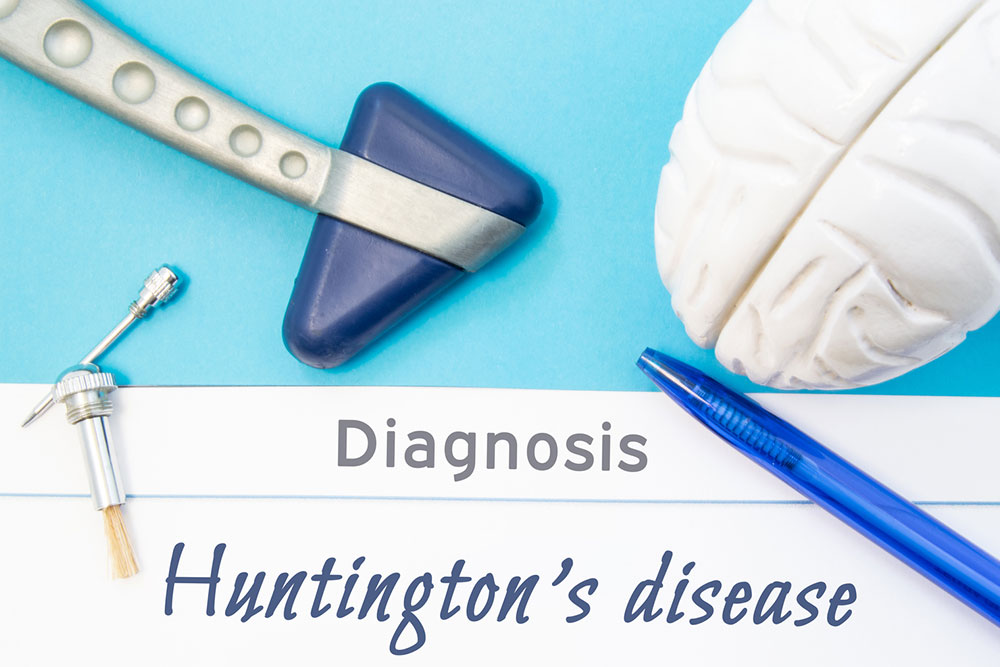Comprehensive Guide to Recognizing the Early Signs and Symptoms of Huntington's Disease
This comprehensive article explores the early signs and symptoms of Huntington's disease, including motor, cognitive, and psychiatric manifestations. It emphasizes the importance of early diagnosis, discusses differences in juvenile cases, and highlights approaches to management. With a detailed overview, it aims to help patients and families better understand this complex neurodegenerative disorder and seek timely medical intervention for improved quality of life.

Understanding the Initial Indicators and Manifestations of Huntington's Disease
Huntington's disease is a progressive neurological disorder that profoundly affects both physical and mental health. Characterized by the gradual degeneration of nerve cells within the brain, this condition leads to a wide array of symptoms that can impair movement, cognition, and emotional well-being. Typically, signs of Huntington's disease begin to surface between the ages of 30 and 40, though the disorder can also affect children (known as juvenile Huntington's disease) and older adults. Recognizing the early indicators is vital for timely diagnosis and management, even though current treatments primarily focus on alleviating symptoms rather than halting the disease's progression.
The symptoms of Huntington's disease vary widely among individuals and tend to become more severe during periods of stress or emotional upheaval. Early physical signs often include involuntary movements, such as chorea, and persistent weight loss, which can be a significant concern from the outset. As the disease advances, these symptoms usually intensify, gradually affecting daily functioning and quality of life. Although numerous medical interventions now exist to manage symptoms effectively, preventing the relentless progression of physical, mental, and behavioral decline remains a significant challenge for healthcare providers.
Types of Symptoms and Their Manifestations
Huntington's disease manifests through a broad spectrum of symptoms that can be broadly categorized into movement, cognitive, and psychiatric issues. These symptoms tend to intensify with disease progression and can drastically impair normal life activities, making early detection and intervention crucial for patient well-being.
Movement Symptoms
Movement symptoms are among the earliest and most recognizable signs of Huntington's disease. They include a variety of involuntary and abnormal muscular movements that interfere with normal coordination and motor functions. Key movement-related symptoms encompass:
Chorea: Characterized by irregular, dance-like, jerky movements that often involve the face, limbs, and trunk. These movements can appear randomly, making it challenging for individuals to maintain smooth, controlled motions.
Dystonia: Muscle stiffness and involuntary contractions that can cause abnormal postures and discomfort.
Abnormal eye movements: Uncontrolled eye blinking, rapid eye movements, or difficulty maintaining gaze focus.
Balance and gait disturbances: Difficulties with walking, frequent falls, and impaired posture are common as the disease advances.
Speech and swallowing issues: Challenges in articulation and eating can develop, leading to nutritional deficiencies and aspiration risks.
Over time, these motor symptoms can make simple daily activities like drinking water or walking difficult, significantly affecting independence and quality of life.
Cognitive Symptoms
As Huntington's disease progresses, cognitive decline becomes apparent. These cognitive impairments can interfere with the individual's ability to perform routine tasks and affect judgment, memory, and learning. Common cognitive symptoms include:
Difficulty with organization, planning, and prioritizing tasks
Impaired concentration and focus
Increased impulsivity and emotional lability
Decreased awareness of personal limitations
Challenges in learning new information and retaining memories
This cognitive deterioration often results in increasing dependence on caregivers and family members, leading to emotional and psychological stress for both patients and their loved ones. In the advanced stages, patients may lose the ability to communicate effectively due to speech impairments, yet many remain conscious of their environment, leading to potential emotional distress.
Psychiatric Symptoms and Emotional Changes
Psychiatric manifestations are frequent and can dominate the clinical picture, sometimes even preceding motor symptoms. Depression is particularly prevalent and is often due to the direct impact of brain degeneration, rather than purely emotional reactions. Typical psychiatric symptoms include:
Persistent feelings of sadness, irritability, and apathy
Withdrawal from social activities and decreased motivation
Sleep disturbances such as insomnia and fatigue
Thoughts of death, suicide, or self-harm
Additionally, other psychiatric conditions may occur, such as:
Obsessive-compulsive disorder: Recurrent intrusive thoughts and compulsive behaviors that impair daily functioning.
Mania: Elevated mood, impulsivity, and hyperactivity.
Bipolar disorder: Fluctuations between depressive and manic episodes affecting mood stability.
Spectrum of Symptoms in Juvenile Huntington's Disease
Juvenile Huntington's disease, affecting children and adolescents, presents with somewhat different features. Symptoms tend to appear earlier and include:
Loss of previously acquired skills and declining energy levels
Muscle rigidity, changes in handwriting, tremors, and seizures
This form of Huntington's can be particularly distressing, requiring a comprehensive support system encompassing medication, therapy, and family involvement to improve quality of life.Effective management of Huntington's disease involves a multidisciplinary approach, including medications to control symptoms, physical and occupational therapies to maintain mobility and functional independence, psychological support, and social engagement. Engaging patients in regular exercise and social activities, along with support groups, can also significantly enhance their quality of life, mitigate feelings of isolation, and promote emotional resilience.





